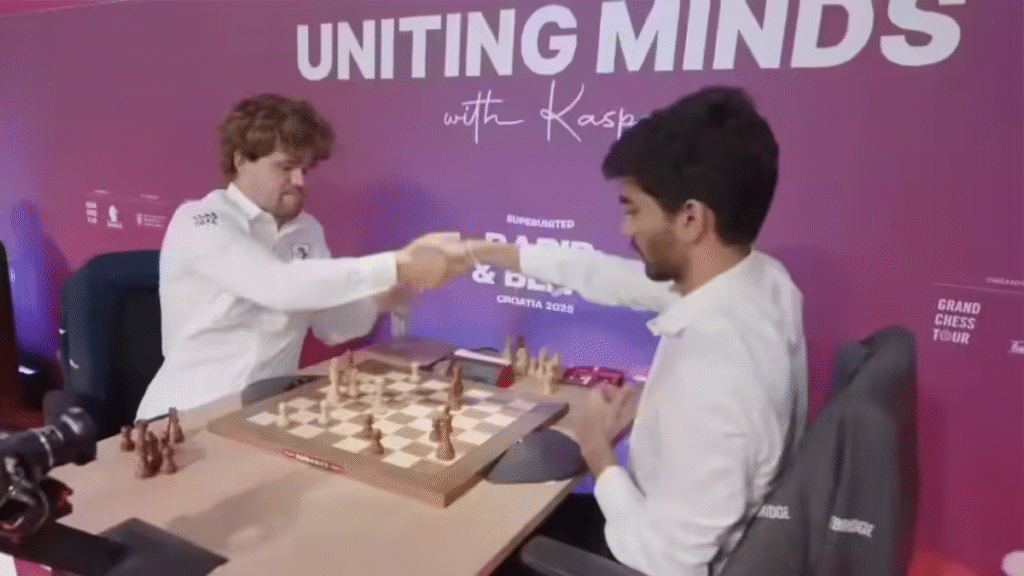
Summary – An in-depth analysis of the 2025 Champions League final in Wembley reveals strategic brilliance and pivotal moments that captivated football fans worldwide.,
Article –
The 2025 UEFA Champions League final at Wembley Stadium was a showcase of tactical brilliance and psychological endurance between two elite European clubs. This historic clash not only captivated millions but also highlighted the strategic depth influencing every moment on the pitch.
Setting the Stage
The final featured a Spanish powerhouse known for its meticulous strategies and a rising English giant celebrated for aggressive pressing and adaptable formations. Both teams had endured demanding knockout stages, demonstrating resilience and squad strength. This match held extra significance due to fresh tactical innovations and key squad additions, marking it as a milestone in modern football.
The Turning Point
The game’s decisive moment came midway through the second half when the score was tied at 1-1. The English team launched a rapid counterattack after a Spanish corner kick failure. A pinpoint long ball from the English defensive midfielder bypassed multiple lines, catching defenders off guard and leading to the go-ahead goal. This shifted momentum drastically.
In response, the Spanish side increased possession, employing their signature tiki-taka style. Nevertheless, the English defense’s high line and compact midfield disrupted their efforts, highlighting the winners’ psychological discipline and stamina under pressure.
Tactical and Technical Breakdown
Formation and Strategy:
- The Spanish coach deployed a 4-3-3, emphasizing midfield control and flank overloads, resulting in 68% possession and over 550 passes.
- The English coach adopted a versatile 3-5-2 with wing-backs and a midfield trio to enable swift counterattacks and a robust defensive structure.
Key Players:
- The English striker scored the pivotal goal, praised for his movement and finishing.
- The Spanish creative midfielder influenced buildup but faced challenges breaking the English press consistently.
The English defensive unit’s tactical discipline was demonstrated through numerous interceptions and blocks, underpinning their collective resilience.
Reactions from the Sport
The English coach applauded his team’s unity and preparation under pressure, stating, “Our commitment to the game plan under such pressure was exemplary.” The Spanish coach acknowledged the narrow defeat and emphasized learning from the experience, commenting, “In finals, small details decide outcomes.”
Analysts suggest this final could herald a shift towards adaptive formations and pressing strategies rather than traditional possession-focused play. It is also poised to impact player valuations in upcoming transfer markets, as standout performers attract global attention.
What Comes Next?
The impact of this Champions League final extends beyond the trophy ceremony. The English winners are positioned to solidify their status in European football with enhanced sponsorships and squad strengthening. The Spanish side faces the need for strategic evolution, potentially blending technical finesse with greater physicality and flexibility.
Additionally, this match serves as a template for clubs worldwide aiming to achieve a balance between possession and counterattack, underscoring the increasing importance of mental toughness in elite football.
As the football community reflects on this tactical encounter, key questions remain:
- How will emerging tactical paradigms influence future European competitions?
- Which players from this final will shape transfer trends and club fortunes?
The 2025 Champions League final at Wembley has set an engaging stage with lasting implications for global football.

More Stories
Odisha Makes Historic Debut Hosting World Athletics Continental Tour Bronze
Odisha’s Bold Leap: Hosting the World Athletics Continental Tour Bronze for the First Time
Odisha’s Historic Hosting of World Athletics Continental Tour Bronze: A New Chapter for Indian Athletics